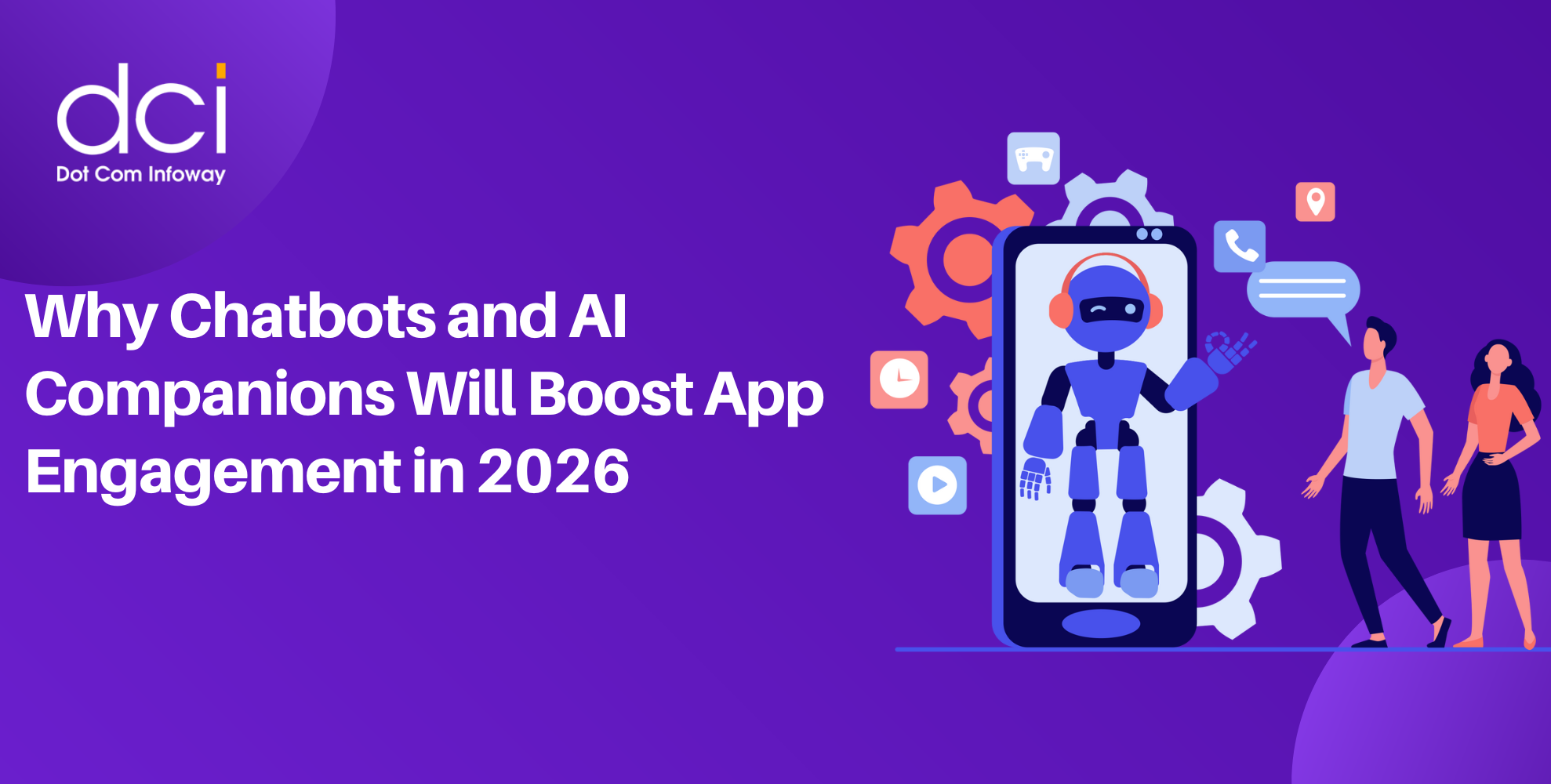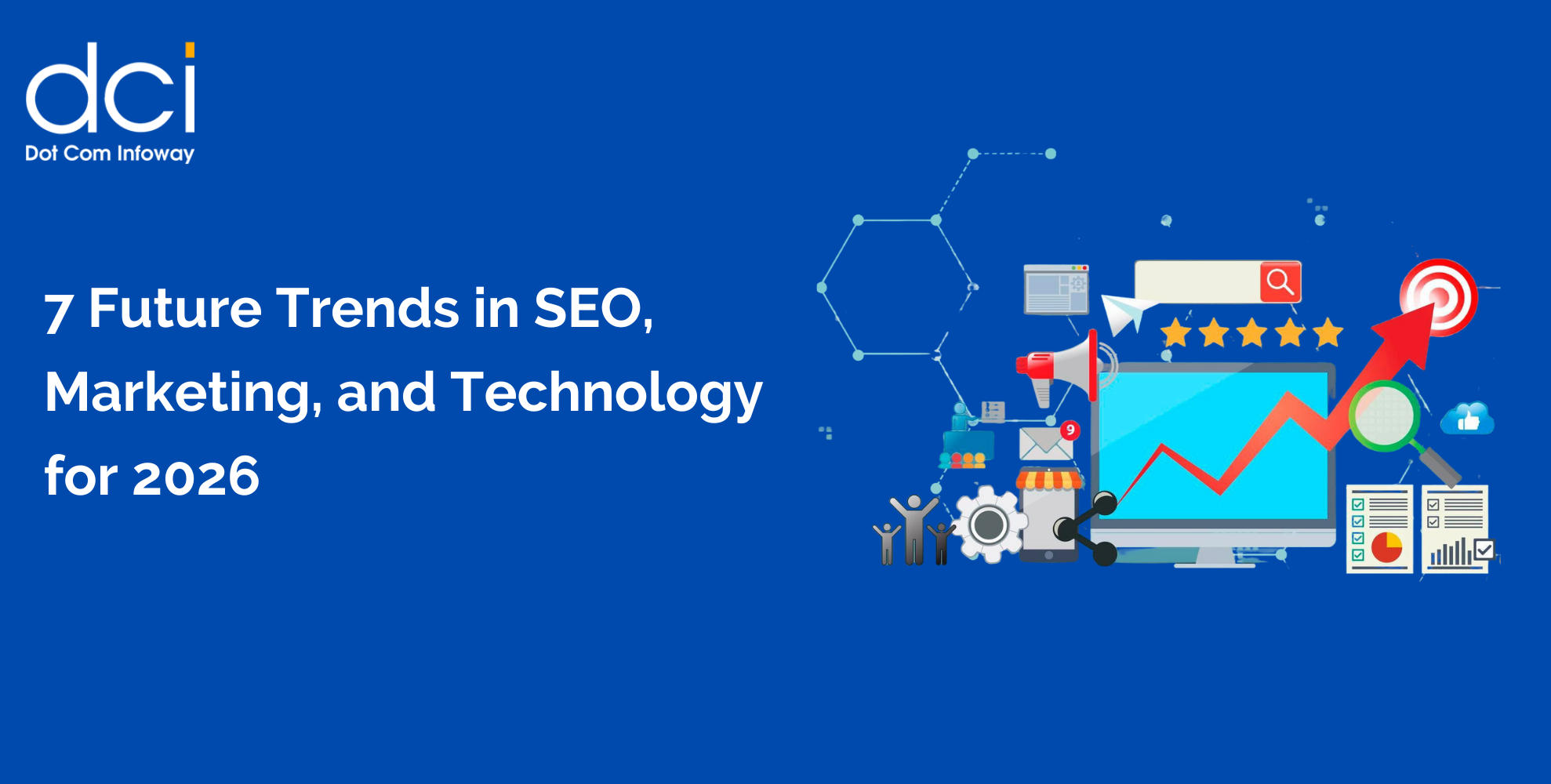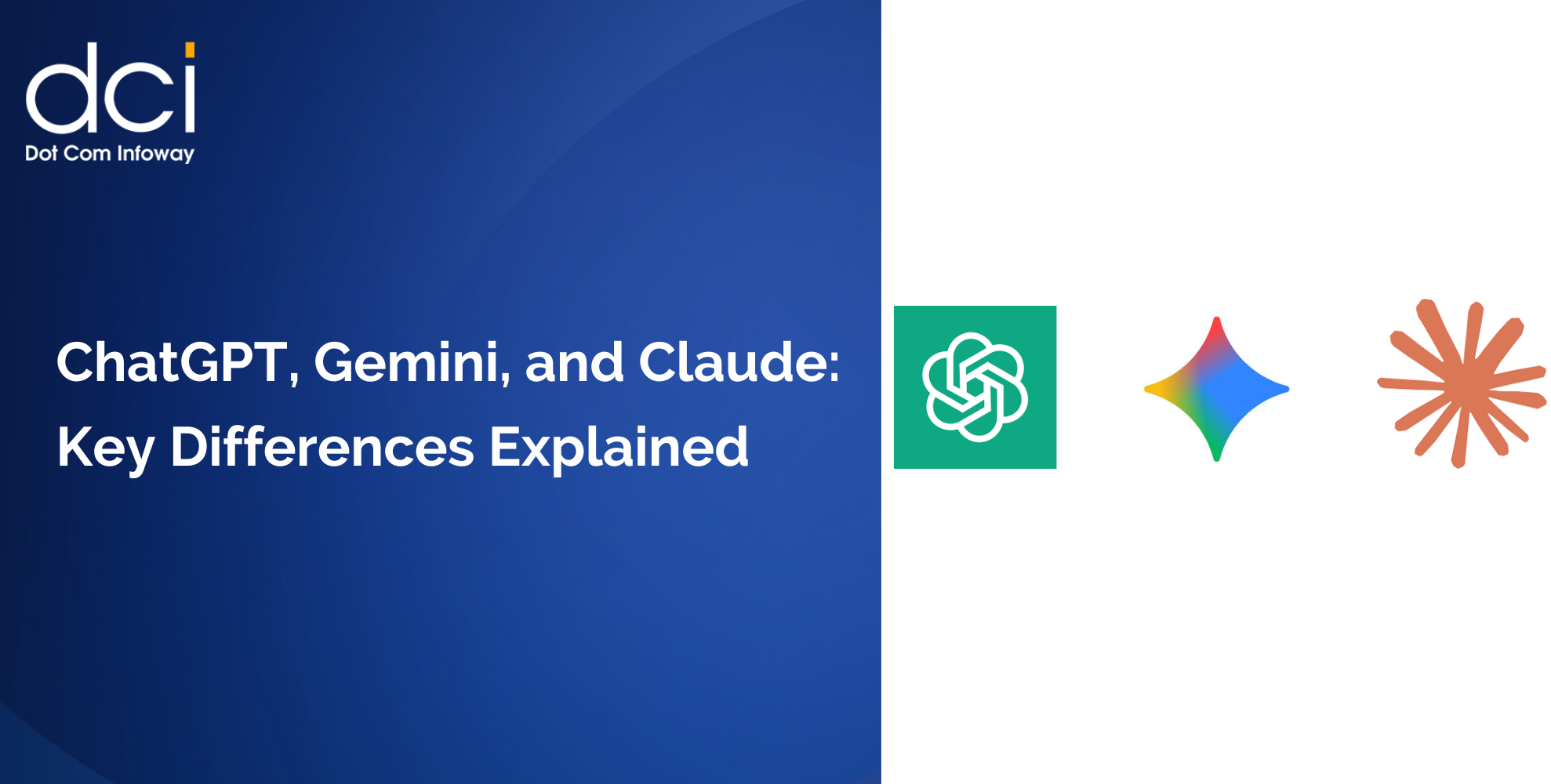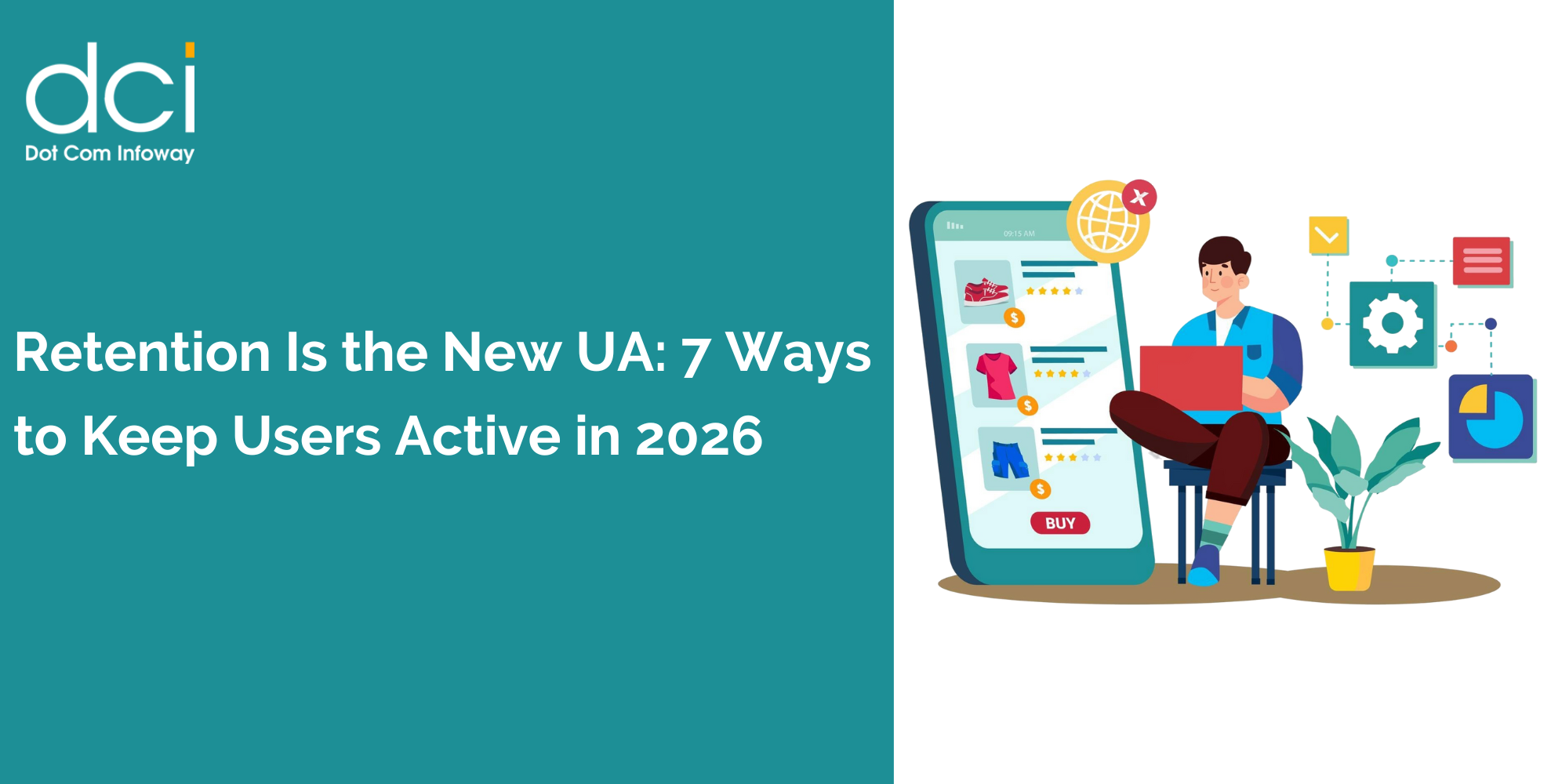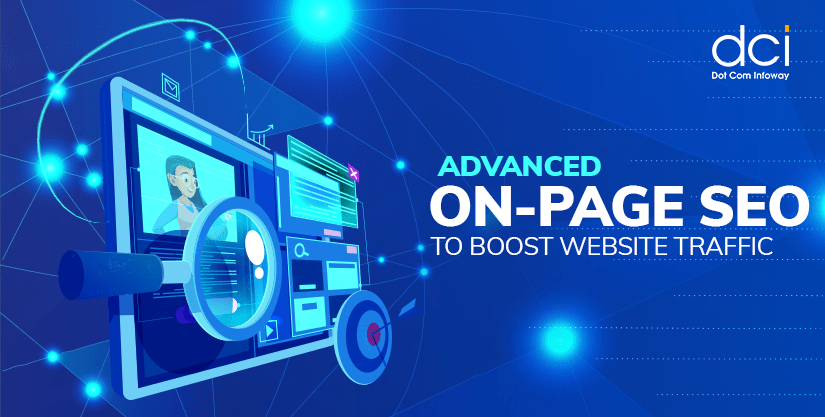The Rise of On-Device AI: Intelligence Without Compromise
The most revolutionary Mobile App Development Trends center around artificial intelligence that lives directly on users’ devices rather than in distant cloud servers. By 2026, industry analysts predict that 90% of new mobile applications will incorporate AI capabilities, with a significant portion processing data locally.
On-device AI delivers three game-changing advantages that traditional cloud-based solutions simply can’t match:
• Instant response times – Processing happens milliseconds after user input
• Enhanced privacy protection – Sensitive data never leaves the user’s device
• Uninterrupted functionality – Apps continue working without internet connectivity
Apple’s Core ML and Google’s TensorFlow Lite have democratized on-device machine learning, enabling developers to deploy sophisticated AI models directly on smartphones. Real-world implementations are already showing impressive results.
The implications extend far beyond language learning. Fitness applications now analyze user behavior patterns and proactively suggest personalized workouts before users even open the app. Photo editing tools apply professional-grade enhancements instantly, without uploading images to remote servers.
Generative engine optimization is becoming crucial as these AI-powered apps need to be discoverable by next-generation search engines that understand context and intent rather than just keywords. This represents a fundamental shift in how developers approach SEO for AI tools and discoverability strategies.
Edge Computing Revolution: The End of Connectivity Anxiety
Traditional mobile applications treated network connectivity as binary – either you’re online and everything works, or you’re offline and most features become unavailable. The Mobile App Development Trends of 2026 are obliterating this limitation through edge computing architectures.
Edge computing pushes data processing closer to where data is generated – your smartphone – rather than relying on distant cloud servers. This creates offline-first applications that maintain full functionality regardless of network status.
Consider the impact on user experience: When you lose Wi-Fi signal in an elevator, your app continues operating smoothly. When connectivity returns, hybrid synchronization seamlessly aligns local data with cloud systems. Users never experience the frustration of dead-end error screens or partially loaded interfaces.
This architectural shift is particularly transformative for industries where reliability and speed are non-negotiable. Healthcare applications can’t afford connectivity gaps when accessing patient data. Financial services need instant transaction processing regardless of network conditions.
“Edge computing reduces our app response times by 73% while eliminating connectivity-related user complaints entirely,” shares Sundar Pichai, CEO of Alphabet, in Google’s developer conference keynote.
The technical implementation requires rethinking data architecture from the ground up. Instead of treating offline capability as an afterthought, successful Mobile App Development Trends in 2026 prioritize local-first design patterns where cloud connectivity enhances rather than enables core functionality.
AI-Driven Personalization: Beyond One-Size-Fits-All
The era of generic app experiences is ending. AI-driven SEO strategies and personalization engines are creating hyper-customized user journeys that adapt to individual preferences, behaviors, and contexts in real-time.
Modern personalization goes far beyond showing relevant content. AI algorithms now customize user interface elements, feature availability, and interaction patterns based on individual usage data. Netflix pioneered this approach with personalized thumbnails and category rankings, but 2026 applications take personalization to unprecedented levels.
Research from McKinsey indicates that AI-powered personalization increases user retention rates by up to 40% while boosting revenue per user by 25%. These aren’t marginal improvements – they represent competitive advantages that can make or break app success.
The most sophisticated implementations use predictive analytics to anticipate user needs before they’re explicitly expressed. Spotify’s Discover Weekly creates personalized playlists by analyzing listening patterns, but emerging Mobile App Development Trends apply similar logic to e-commerce recommendations, productivity workflows, and social connections.
AEO SEO (Answer Engine Optimization) becomes critical as personalized apps need to surface relevant content through voice assistants and conversational interfaces that understand user intent contextually rather than literally.
Cross-Platform Dominance: Write Once, Deploy Everywhere
The traditional approach of maintaining separate iOS and Android codebases is becoming economically unsustainable. Mobile App Development Trends in 2026 strongly favor cross-platform frameworks that enable seamless experiences across mobile, desktop, wearables, and IoT devices from unified codebases.
Flutter 4.0, React Native, and emerging frameworks like Tauri are achieving performance parity with native development while reducing development time by 70% and costs by 60%, according to Gartner projections. Enterprise applications are particularly embracing this approach as business logic becomes increasingly complex across multiple touchpoints.
The benefits extend beyond cost savings. Cross-platform development enables faster iteration cycles, consistent user experiences across devices, and simplified maintenance workflows. When Airbnb migrated to React Native, they reduced development time for new features by 50% while maintaining their high-performance standards.

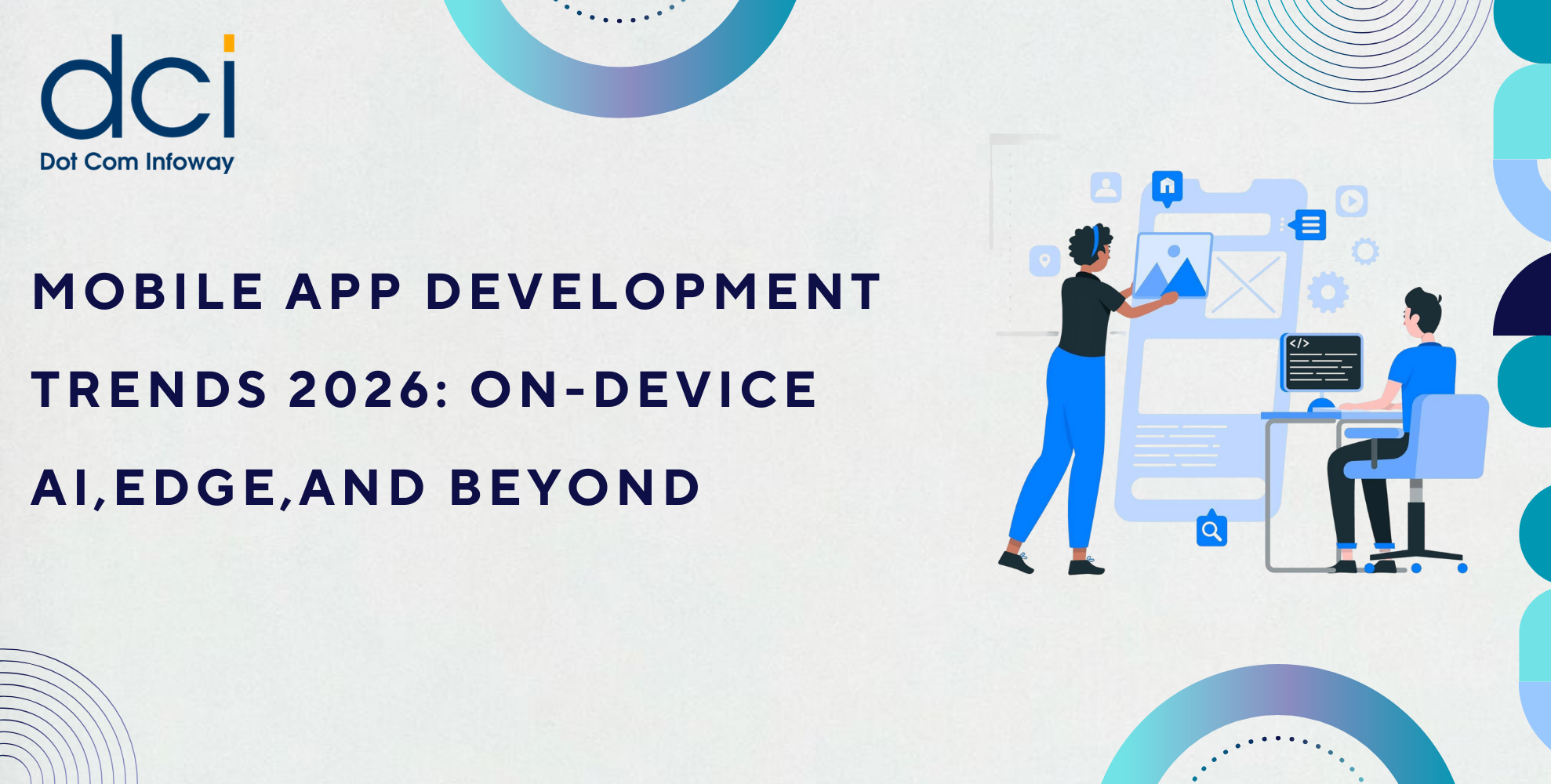
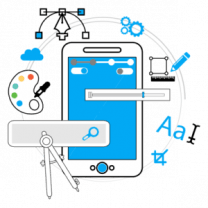
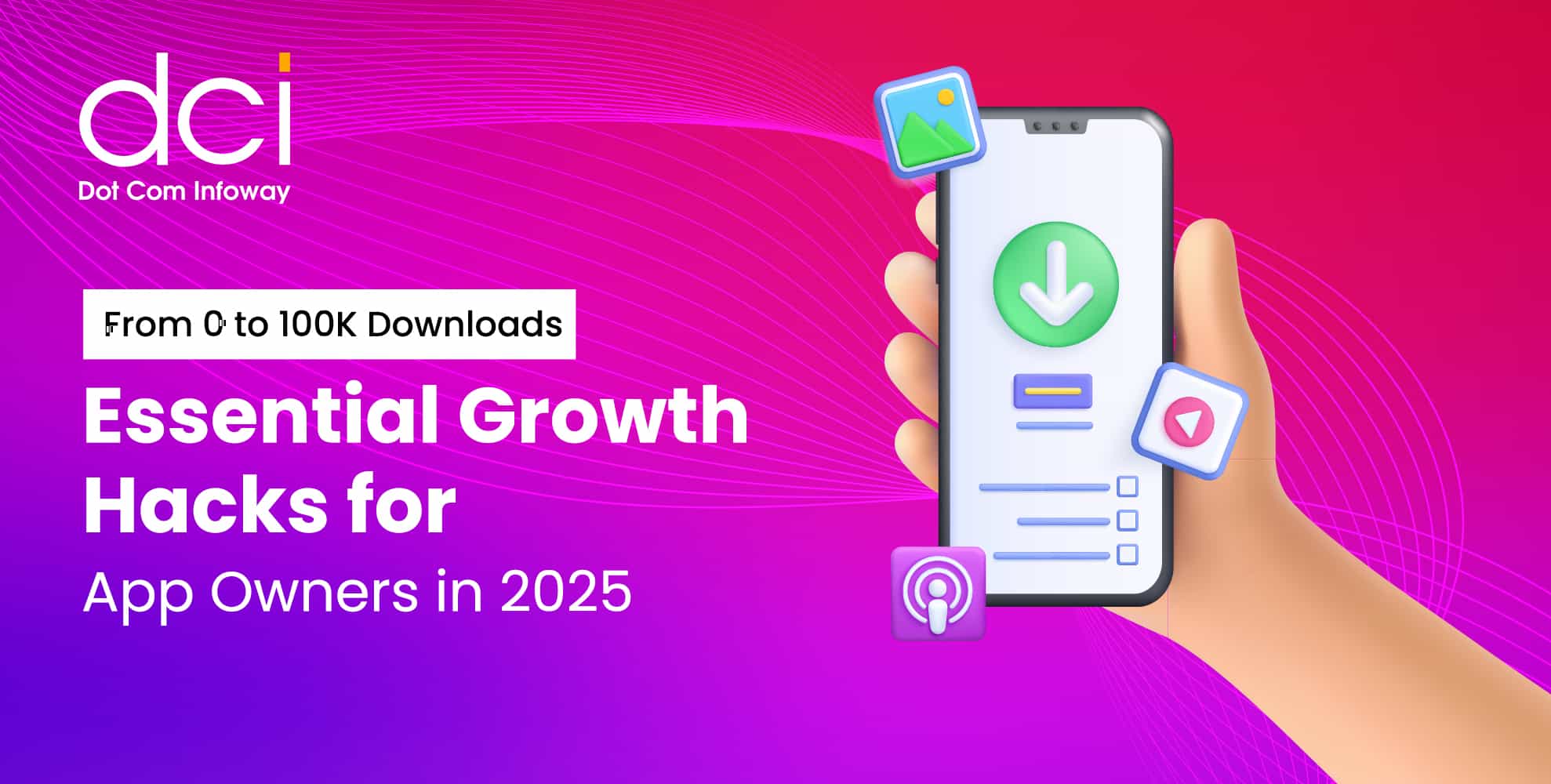



![The Game Marketing Guide: Pre and Post-Launch Strategies [Infographic]](https://www.dotcominfoway.com/wp-content/uploads/2023/09/DCI-Game-Marketing-blog-1.jpg)
